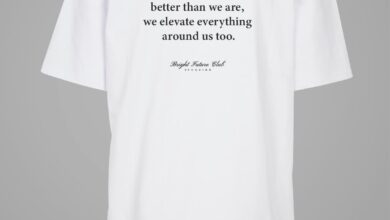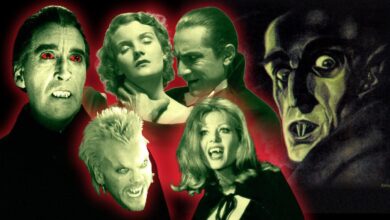8 Timeless Vampire Movies That Define the Genre

Vampires have long haunted our imagination, lurking in the shadows of folklore and flickering across the silver screen. From the elegance of classic tales to the grit of modern reinterpretations, the vampire genre has evolved, yet certain films continue to stand the test of time, defining what it means to be a cinematic vampire. In this listicle, we dive into 8 timeless vampire movies that have not only shaped the genre but also left an indelible mark on popular culture. Whether you’re a seasoned aficionado or a curious newcomer to the realm of the undead, you’ll discover films that capture the essence of vampiric lore, explore the complexities of immortality, and showcase unique storytelling. Prepare to sink your teeth into cinematic history as we explore these iconic titles and their lasting impact on the fascination with bloodsuckers.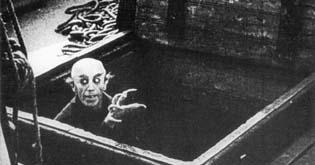
1) Nosferatu (1922) – This silent film set the standard for cinematic vampire lore with its eerie atmosphere and iconic imagery, featuring Max Schreck as Count Orlok, a creature that embodies pure fear and dread
The 1922 silent masterpiece directed by F.W. Murnau introduced audiences to a haunting vision of vampirism that would leave an indelible mark on the genre. With its stark black-and-white visuals and innovative cinematography, the film captures a dreamlike quality that amplifies the sense of dread surrounding Count Orlok, played chillingly by Max Schreck. The use of shadow and light, combined with eerie sets inspired by German Expressionism, creates an atmosphere that is both unsettling and mesmerizing. Details such as Orlok’s elongated fingers and unsettling appearance continue to evoke fear, resonating with viewers and influencing countless adaptations and interpretations of the vampire mythos in cinema.
Nosferatu is more than just a film; it’s a chilling exploration of the unseen horrors that lurk in the shadows of the human psyche. The narrative, loosely inspired by Bram Stoker’s *Dracula*, delves into themes of forbidden desire and the struggle against an insatiable predator. The film’s legacy is solidified through its unmistakable imagery and its ability to blend horror with a sense of dread that pervades every frame. It stands as a testament to the power of visual storytelling, proving that the absence of sound can amplify the emotional weight of fear, leaving audiences with lingering images that haunt long after the credits roll. Its influence on both classic and contemporary vampire films is undeniable, having shaped the archetypal vampire and the aesthetics of horror cinema.
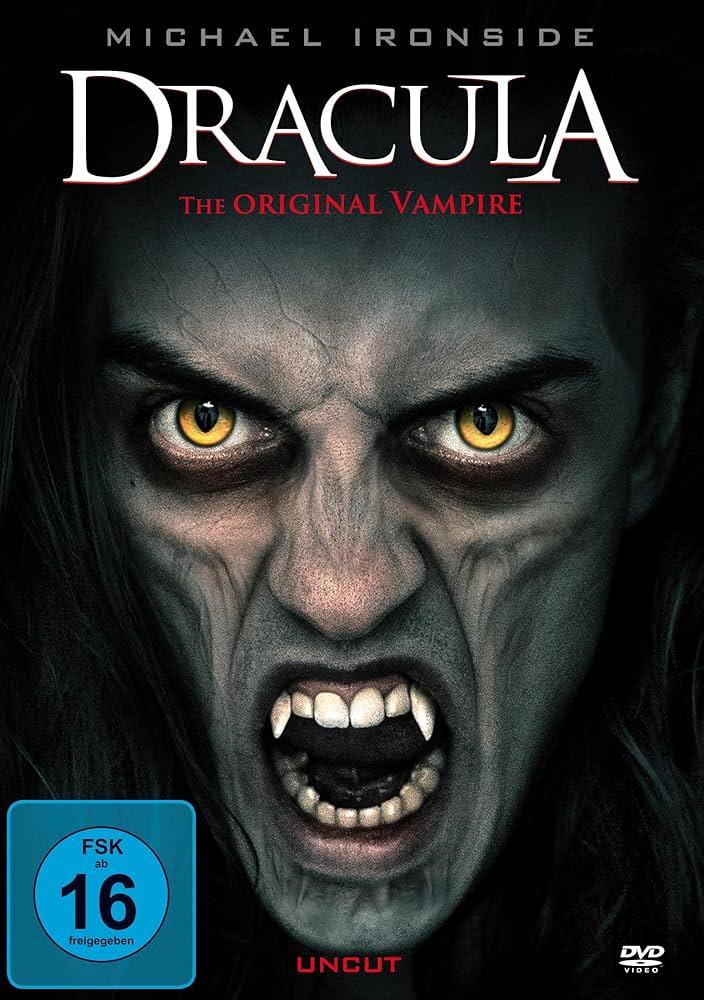
2) Dracula (1931) – Starring Bela Lugosi in his legendary role, this adaptation of Bram Stokers classic novel introduced a sophisticated yet predatory vampire to mass audiences, forever influencing the portrayal of vampires in popular culture
In the iconic 1931 film, directed by Tod Browning, Bela Lugosi’s portrayal of Count Dracula set the bar for future depictions of vampires, blending elegance with an unsettlingly seductive charm. This adaptation not only brought Bram Stoker’s iconic character to life but also established many of the characteristics we associate with vampires today. Lugosi’s performance is characterized by a captivating, hypnotic gaze and a commanding presence that made the character both terrifying and enchanting. His signature cape has become an enduring symbol of vampiric allure, making it hard to imagine the genre without these visual tropes.
Notably, the film also featured a haunting score that intensified the atmosphere, solidifying its place in cinematic history. Dracula’s influence is evident in countless adaptations and reinterpretations, demonstrating the extent to which this film shaped cultural perceptions of vampire lore. The film’s success helped to establish the horror genre in mainstream cinema, leading to a resilience that continues through to modern vampire tales. Here’s a quick look at some elements that contributed to its lasting legacy:
| Element | Description |
|---|---|
| Character Design | Elegant attire and iconic cape, shaping the visual of vampires. |
| Portrayal of Vampires | Complex figures embodying both charm and danger. |
| Cinematic Techniques | Innovative use of shadows and lighting to create suspense. |
| Score and Sound Design | Haunting music that enhances the eerie atmosphere. |
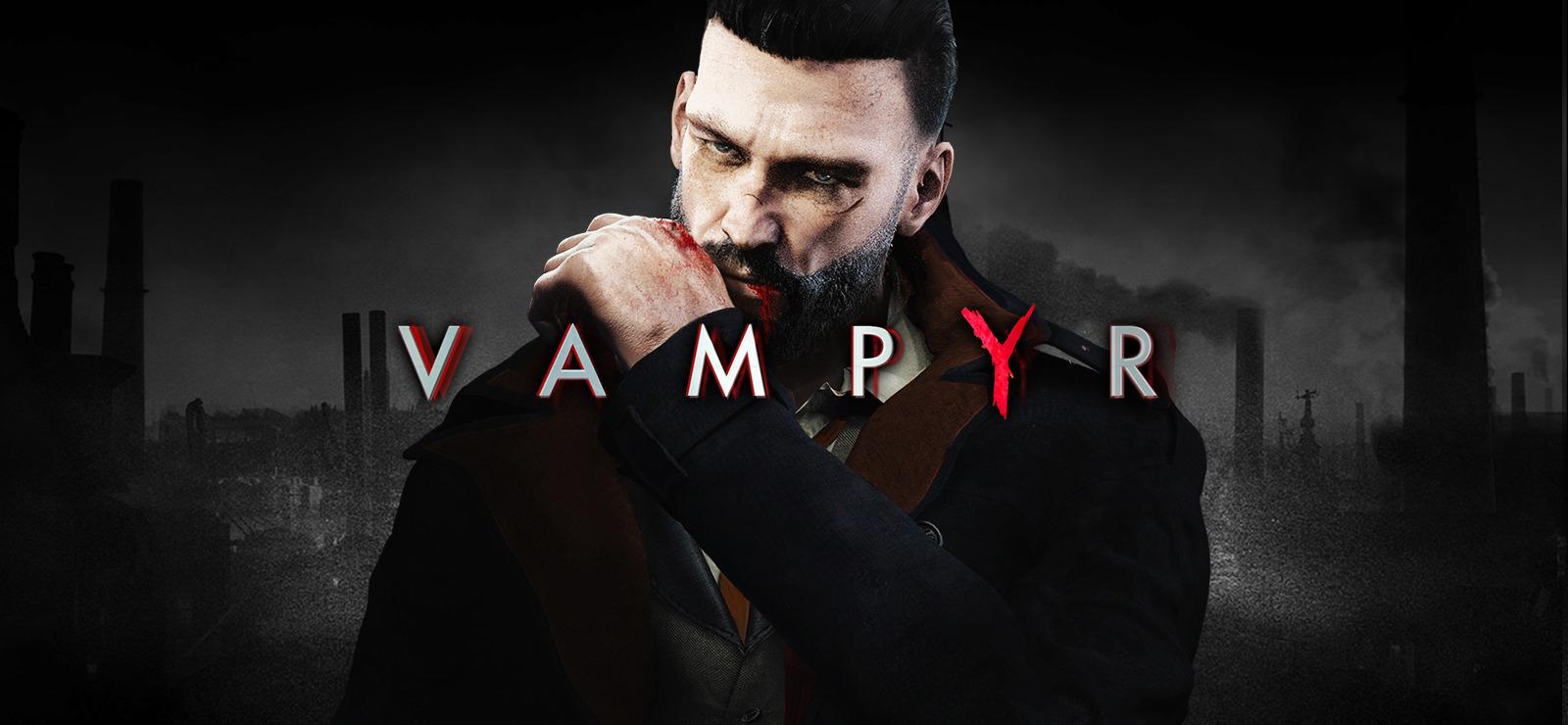
3) Vampyr (1932) – Directed by Carl Theodor Dreyer, this surreal film combines gothic horror elements with innovative cinematography and dreamlike storytelling, offering a unique interpretation of the vampire myth
In the realm of early cinema, few films wield the same atmospheric chill as this haunting masterpiece. Vampyr weaves a narrative deeply rooted in the subconscious, drawing viewers into a world where reality and dream become indistinguishable. Carl Theodor Dreyer’s innovative approach to storytelling breaks conventional molds, employing shadow and light not merely as aesthetic choices but as powerful storytellers in their own right. With its ethereal cinematography, the film lures audiences into a cyclical experience of dread and intrigue, lingering long after the credits roll.
The film plunges into the essence of the vampire myth, presenting it through a lens that merges gothic horror with psychological depth. Each frame feels alive, vibrating with the tension of the unseen, as the protagonist, Allan Gray, navigates a haunting landscape of ominous forces. The subtle yet potent use of sound enhances its surreal quality, where silence speaks volumes and whispers echo with impending doom. Vampyr remains an influential touchstone, demonstrating how an innovative vision and haunting storytelling can transform the vampire legend into something profoundly reflective and uniquely unsettling.
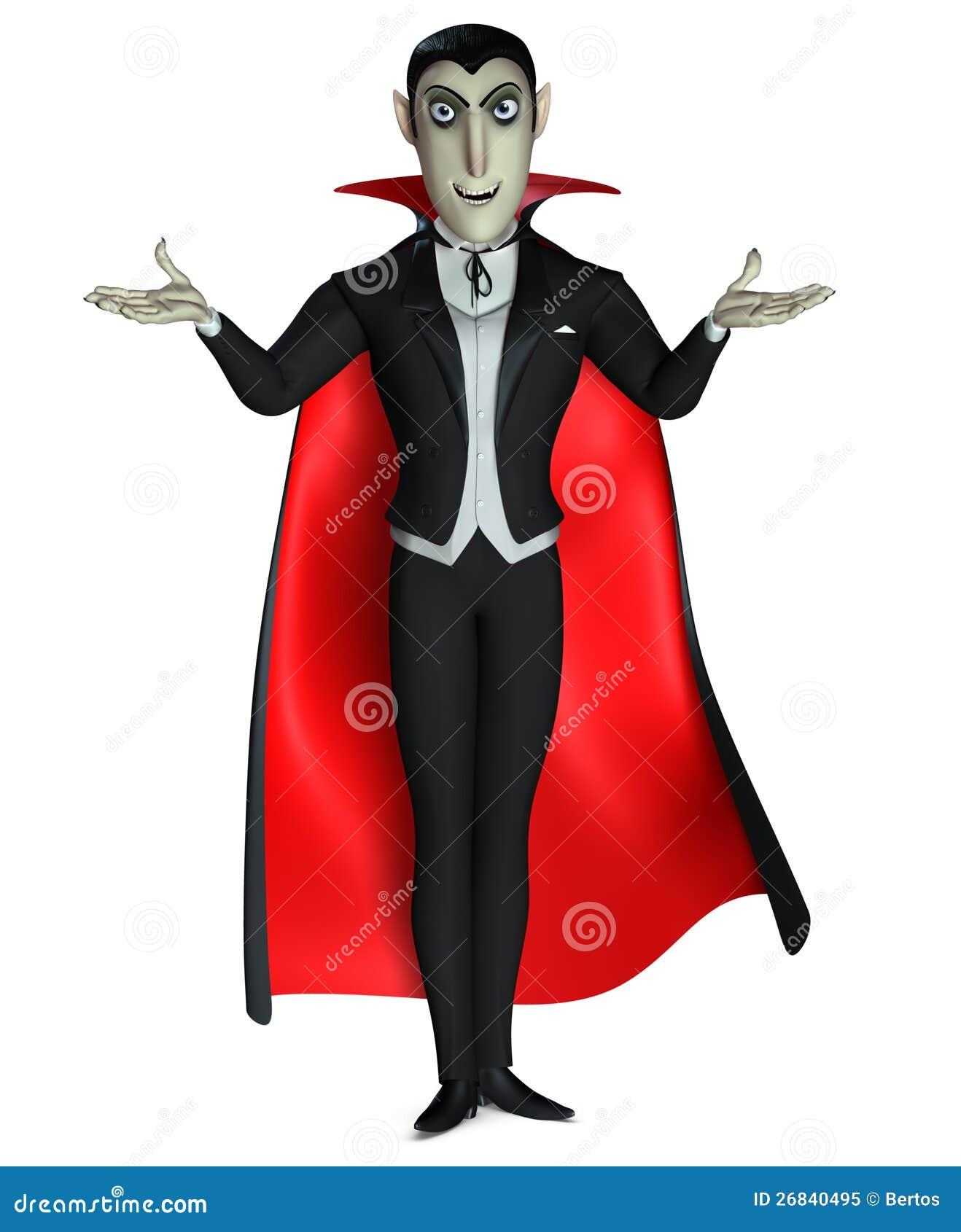
4) Horror of Dracula (1958) - With Christopher Lee as the titular character, this Hammer Horror film revitalized the genre in the 1950s and 60s, blending terror with alluring visuals, and cementing the vampires status as a charismatic figure
Released in 1958, this film marked a pivotal moment in vampire cinema, turning the focus from the campy depictions of the past to a more serious, seductive portrayal of the infamous count. Christopher Lee’s magnetic presence brought a unique brand of charisma to the role, blending supernatural dread with an unapproachable allure. The film’s rich color palette and stunning gothic visuals created an atmosphere that both captivated and terrified audiences, establishing a new standard for horror films that would inspire countless successors. Its influence extended beyond mere horror, prompting conversations about desire, fear, and the duality of human nature.
Additionally, the production was notable for its strong performances beyond Lee, including the strikingly beautiful Ingrid Pitt, who contributed to the film’s complex narrative of seduction and violence. Hammer Horror set itself apart by masterfully balancing gruesome scenes with striking cinematography, elevating the genre. Key elements such as:
- Innovative Set Design: Intricate and atmospheric locations that enhance the eerie feel.
- Costume Majesty: Period costumes that reflected both opulence and decay.
- Intense Soundtrack: A score that accentuated moments of suspense and horror.
- Iconic Dialogue: Memorable lines that echoed throughout the genre.
These components combined to not only resurrect classic horror but also solidify the vampire mythos as a compelling lens through which to explore the darker sides of humanity. The enduring legacy of this film remains a benchmark for aspiring filmmakers and a beloved artifact in the annals of horror history.
The Way Forward
As the curtain falls on our exploration of these eight timeless vampire movies, it’s evident that the allure of the undead transcends generations. From gothic romances to chilling thrillers, each film has carved its own niche in the realm of horror, echoing the complexities of life, death, and the ever-elusive notion of immortality. Whether you’re a seasoned aficionado or a curious newcomer, these cinematic gems invite you to immerse yourself in the dark, seductive world of vampires.
So, dust off those cobwebbed DVDs or queue them up on your streaming service, and prepare to be entranced by stories that have shaped the vampire mythos over the years. it’s not just about the blood they crave but the tales they tell—stories that continue to resonate, much like the creatures themselves, long after the credits roll. Happy viewing, and may you find your own thrills in the moonlit shadows.

